Leopard Slug
- March 29, 2024
- 0 comment
The leopard slug, scientifically known as Limax maximus, is a fascinating creature that captivates the imagination with its distinctive appearance and intriguing behavior. Native to Europe but now found in various parts of the world, this large land slug earns its name from the striking leopard-like spots that adorn its slimy, elongated body. Measuring up to 20 centimeters in length, the leopard slug boasts a vibrant array of colors, ranging from dark browns to lighter hues, creating a visually arresting sight against the backdrop of its natural habitat. As nocturnal creatures, leopard slugs emerge under the cover of darkness, engaging in a range of activities from feeding on decaying organic matter to engaging in complex mating rituals.

Despite their herbivorous tendencies, they are known to exhibit predatory behavior, preying on smaller slugs and snails with their sharp, tooth-lined radula. Their role in garden ecosystems is multifaceted, serving as both pests and beneficial organisms, depending on the context. While they may pose challenges to agricultural practices, leopard slugs play a crucial role in nutrient cycling and pest control, contributing to the health and balance of their surrounding environment. Through conservation efforts and increased understanding of their ecological significance, leopard slugs continue to intrigue and inspire appreciation for the intricate web of life in which they play a part.
| Specification | Description |
|---|---|
| Scientific Name | Limax maximus |
| Common Name | Leopard Slug |
| Habitat | Damp, forested areas; gardens; woodlands; parks |
| Distribution | Originally native to Europe; now found in various parts of the world |
| Size | Up to 20 centimeters (about 8 inches) in length |
| Coloration | Variable; leopard-like spots ranging from black to dark brown against a lighter background |
| Behavior | Nocturnal; feeds on decaying organic matter; engages in complex mating rituals; exhibits predatory behavior |
| Diet | Omnivorous; feeds on plant material, fungi, carrion, and smaller slugs and snails |
| Reproduction | Hermaphroditic; lays gelatinous egg masses containing hundreds of embryos in moist, sheltered locations |
| Ecological Role | Plays a vital role in nutrient cycling; contributes to pest control in garden ecosystems; impacts crop health |
| Conservation Status | Not endangered; faces threats from habitat loss, pollution, and predation by introduced species |
Leopard Slug
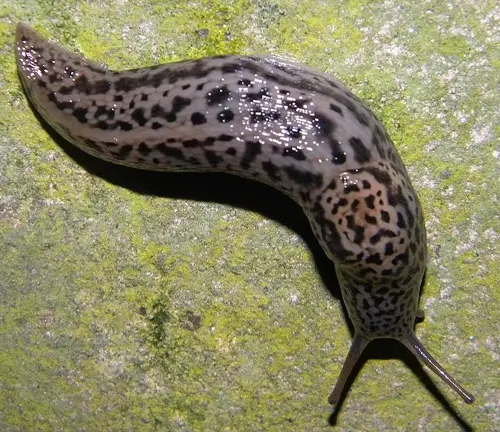
The leopard slug (Limax maximus) is a species of large, colorful land slug belonging to the family Limacidae. Known for its striking appearance, the leopard slug is native to Europe but has been introduced to many other parts of the world.
Habitat and Distribution
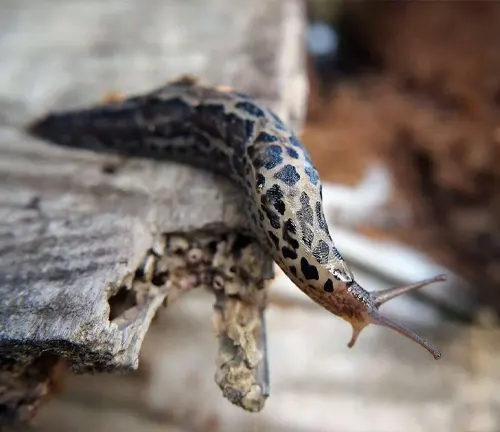
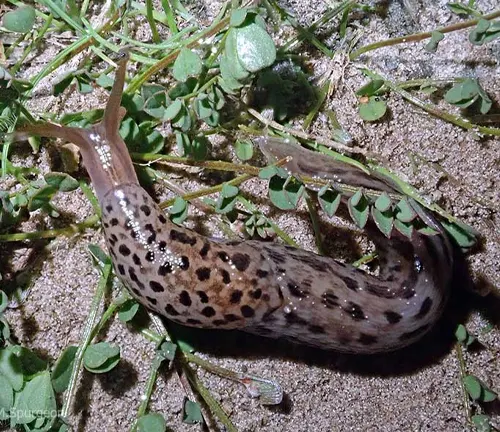
Leopard slugs are commonly found in damp, forested areas but can also thrive in urban environments. They prefer habitats with plenty of decaying organic
Leopard slugs (Limax maximus) are adaptable creatures that can thrive in a variety of habitats. They are commonly found in damp, forested areas, including woodlands, gardens, parks, and urban green spaces. These slugs prefer environments with plenty of moisture and decaying organic matter, which provide them with food sources and shelter.
In terms of distribution, leopard slugs are native to Europe, where they are widely distributed across the continent. However, due to human activities such as commerce and transportation, they have been introduced to many other parts of the world. They can now be found in regions such as North America, Asia, Australia, and parts of Africa.
Leopard slugs are particularly successful in areas with temperate climates, but they can also adapt to different environmental conditions. Their ability to colonize new habitats and their tolerance for a wide range of temperatures and moisture levels contribute to their widespread distribution.
atter and moisture, such as gardens, woodlands, and parks.
Physical Characteristics
Coloration and Patterns
Leopard slugs (Limax maximus) are renowned for their striking coloration and distinctive patterns. Their bodies feature a range of hues, including shades of black, brown, and tan, interspersed with spots or stripes reminiscent of a leopard’s coat. These spots vary in size and distribution, creating a visually appealing contrast against the lighter background of their bodies.
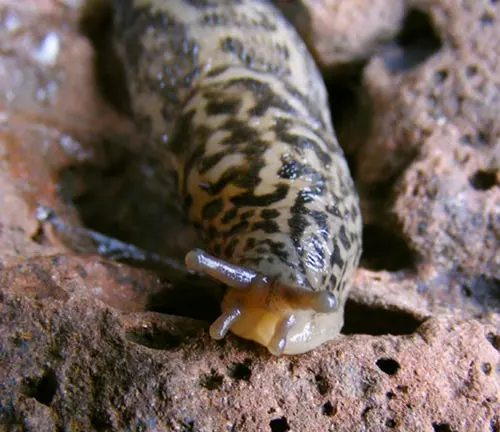

Size and Shape
Adult leopard slugs can reach impressive lengths of up to 20 centimeters (about 8 inches), making them one of the largest slug species in the world. They have elongated bodies with a slimy, mucus-covered exterior that helps them glide smoothly over surfaces. Their shape is typically cylindrical, tapering towards the rear end.
Behavior and Lifestyle
Nocturnal Habits
Leopard slugs are predominantly nocturnal creatures, preferring to conduct their activities under the cover of darkness. During the day, they seek shelter in damp, concealed locations to avoid desiccation and minimize their exposure to predators. At night, they emerge to feed, mate, and explore their surroundings.
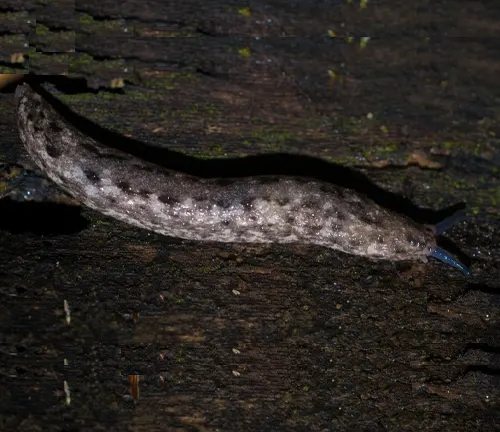
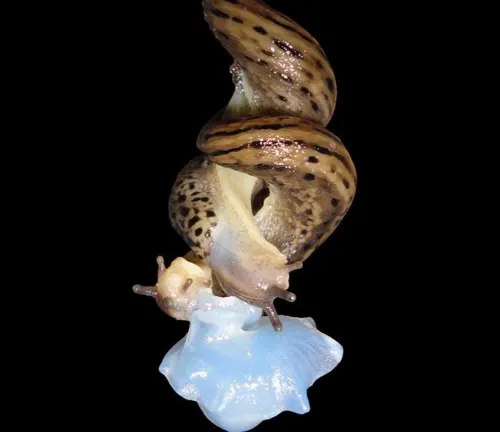
Mating Behavior
During the breeding season, leopard slugs engage in intricate mating rituals characterized by elaborate courtship displays. As hermaphrodites, each slug possesses both male and female reproductive organs. They exchange sperm packets during mating encounters, ensuring successful fertilization of their eggs.
Feeding Habits
Diet and Preferences
Leopard slugs are omnivorous scavengers with a diverse diet. They feed on a wide variety of organic matter, including decaying plant material, fungi, algae, and carrion. Additionally, they are known to consume other slugs and snails, exhibiting predatory behavior to capture their prey.

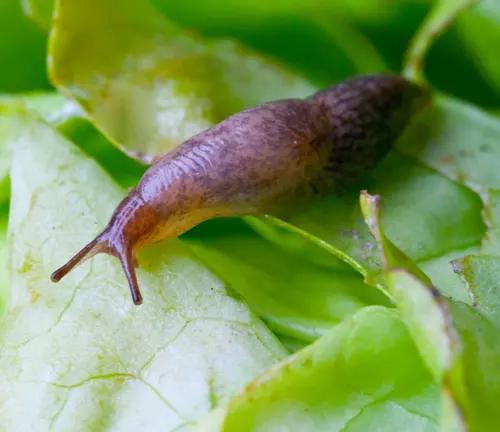
Predatory Behavior
Despite their herbivorous tendencies, leopard slugs are opportunistic predators, preying on smaller slugs and snails. They employ their muscular foot and specialized mouthparts, equipped with a radula lined with sharp teeth, to capture and consume their prey. This predatory behavior helps regulate populations of potential competitors and pests.
Reproduction Cycle
Egg-laying Process
After successful mating, female leopard slugs lay gelatinous egg masses in sheltered locations with ample moisture. These egg masses contain numerous individual embryos and are protected by a mucous covering that shields them from desiccation and predation. The female carefully selects suitable sites for egg deposition to maximize the chances of offspring survival.
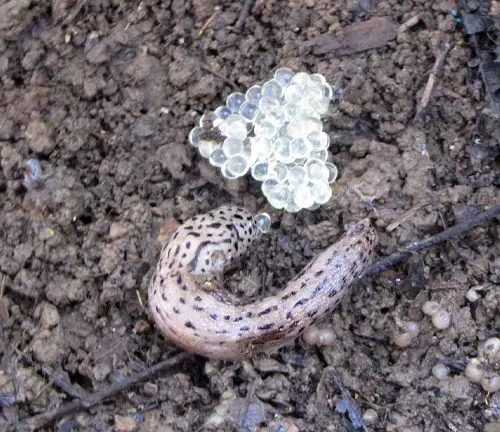
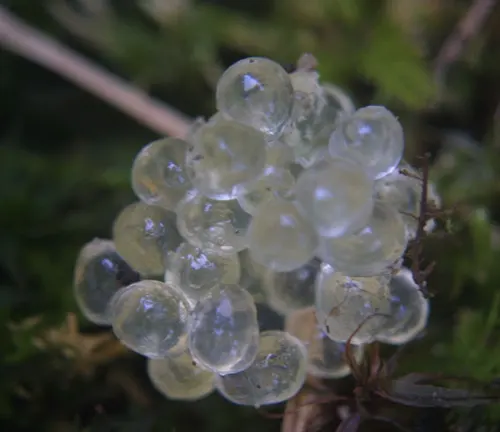
Hatching and Growth Stages
Leopard slug eggs hatch into small, translucent juveniles within a few weeks, depending on environmental conditions such as temperature and humidity. The juveniles undergo several growth stages, shedding their skin periodically to accommodate their increasing size. As they mature, they develop the distinctive coloration and patterns characteristic of adult leopard slugs.
Ecological Role
Impact on Garden Ecosystems
Leopard slugs play a complex role in garden ecosystems, exerting both positive and negative influences. On one hand, they contribute to nutrient cycling by breaking down organic matter and enhancing soil fertility. On the other hand, they can damage crops and ornamental plants, posing challenges for gardeners and agricultural practitioners.
Benefits and Drawbacks
The presence of leopard slugs in gardens and natural habitats offers various benefits, including pest control, soil enrichment, and biodiversity support. However, their herbivorous feeding habits and potential for crop damage may outweigh these advantages in certain contexts, leading to conflicts between humans and slugs.
Human Interaction
Pest Control Considerations
In agricultural settings, leopard slugs are often perceived as pests due to their voracious appetites and ability to decimate crops. Farmers and gardeners employ various pest control measures, such as physical barriers, traps, and chemical deterrents, to mitigate slug damage and protect valuable plants.

Fascination and Study
Despite their status as agricultural pests, leopard slugs have captivated the interest of scientists, naturalists, and amateur enthusiasts alike. Their unique biology, behavior, and ecological significance make them compelling subjects for study and observation, contributing to our understanding of terrestrial gastropods and their role in ecosystems.
Conservation Status
Threats and Challenges
Leopard slugs face a range of threats and challenges to their survival, including habitat loss, pollution, predation by introduced species, and climate change. Human activities such as urbanization and industrialization further exacerbate these pressures, potentially endangering local populations and disrupting ecosystem dynamics.
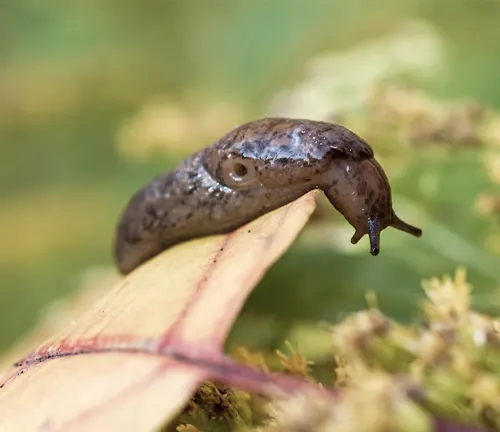
Conservation Efforts
Efforts to conserve leopard slugs focus on preserving their natural habitats, raising awareness about their ecological importance, and implementing management strategies to mitigate human-wildlife conflicts. Citizen science initiatives, educational programs, and habitat restoration projects play vital roles in safeguarding leopard slug populations and promoting their long-term conservation.
Different Species
Giant Leopard Slug
(Limax maximus)
This is the most commonly recognized species referred to as the leopard slug. It is native to Europe but has been introduced to other parts of the world. It is known for its large size and distinct leopard-like spots.

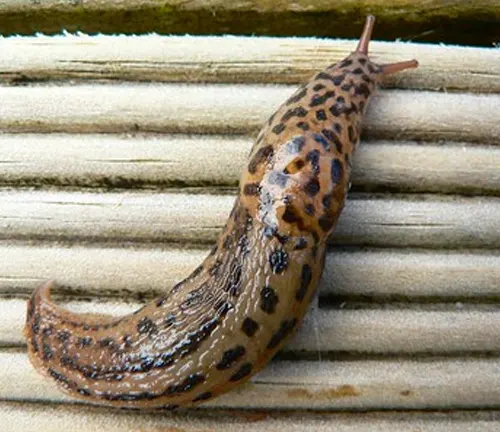
Tiger Slug
(Anguispira alternata)
While not technically a leopard slug, the tiger slug is often confused with its larger counterpart due to its similar appearance. It is native to North America and features dark stripes or bands on a lighter background, resembling the markings of a tiger.
Leopard Arion
(Arion fuscus)
Also known as the chocolate arion, this species is native to Europe and is often mistaken for the leopard slug due to its mottled coloration and similar size. However, it lacks the distinct spots characteristic of Limax maximus.

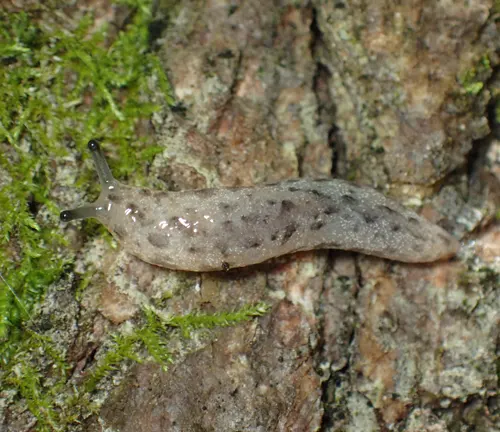
Variegated Slug
(Philomycus bilineatus)
Found in eastern North America, the variegated slug exhibits a marbled or mottled pattern similar to that of a leopard slug. However, it is smaller in size and lacks the prominent spots.
European Black Slug
(Arion ater)
While not commonly referred to as a leopard slug, the European black slug shares a similar habitat and behavior with Limax maximus. It is typically dark in coloration with occasional lighter markings.
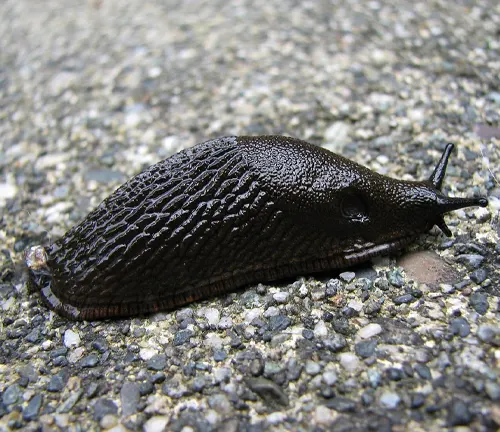
Frequently Asked Questions (FAQs)
- What is a leopard slug?
A leopard slug (Limax maximus) is a species of large land slug known for its distinctive leopard-like spots and elongated body. - Where are leopard slugs found?
Leopard slugs are native to Europe but have been introduced to many other parts of the world. They are commonly found in damp, forested areas, gardens, woodlands, and parks. - How big do leopard slugs get?
Adult leopard slugs can grow up to 20 centimeters (about 8 inches) in length, making them one of the largest slug species in the world. - What do leopard slugs eat?
Leopard slugs are omnivorous scavengers, feeding on a variety of plant material, fungi, carrion, and even other slugs. - Do leopard slugs pose any threats to humans?
Leopard slugs are not harmful to humans and are generally considered beneficial in garden ecosystems. - How do leopard slugs reproduce?
Leopard slugs are hermaphrodites, meaning they possess both male and female reproductive organs. They engage in complex mating rituals and lay gelatinous egg masses in moist, sheltered locations. - What is the ecological role of leopard slugs?
Leopard slugs play a vital role in nutrient cycling and pest control in garden ecosystems by breaking down decaying organic matter and preying on smaller slugs and snails. - Are leopard slugs endangered?
Leopard slugs are not considered endangered, but they face threats from habitat loss, pollution, and predation by introduced species. - Can leopard slugs be controlled in gardens?
In agricultural settings, leopard slugs are sometimes considered pests and may be managed using traps, barriers, and chemical deterrents. - Are leopard slugs beneficial to gardens?
Yes, leopard slugs can be beneficial to gardens by controlling pest populations and enriching the soil through nutrient cycling. - What is the lifespan of a leopard slug?
Leopard slugs typically have a lifespan of around 1 to 3 years in the wild, depending on various factors such as environmental conditions and predation. - How do leopard slugs defend themselves?
Leopard slugs rely on their mucus secretion and nocturnal habits to avoid predators, and they may also curl up into a ball when threatened.



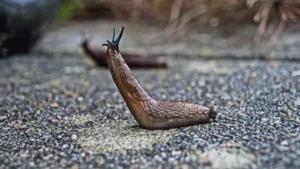
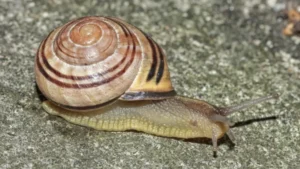
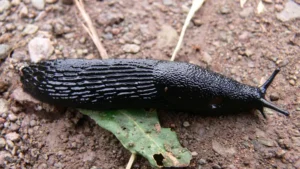
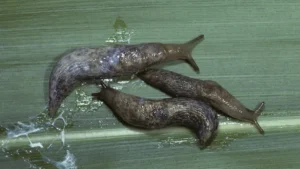
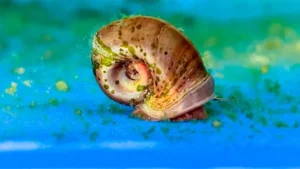

Leave your comment